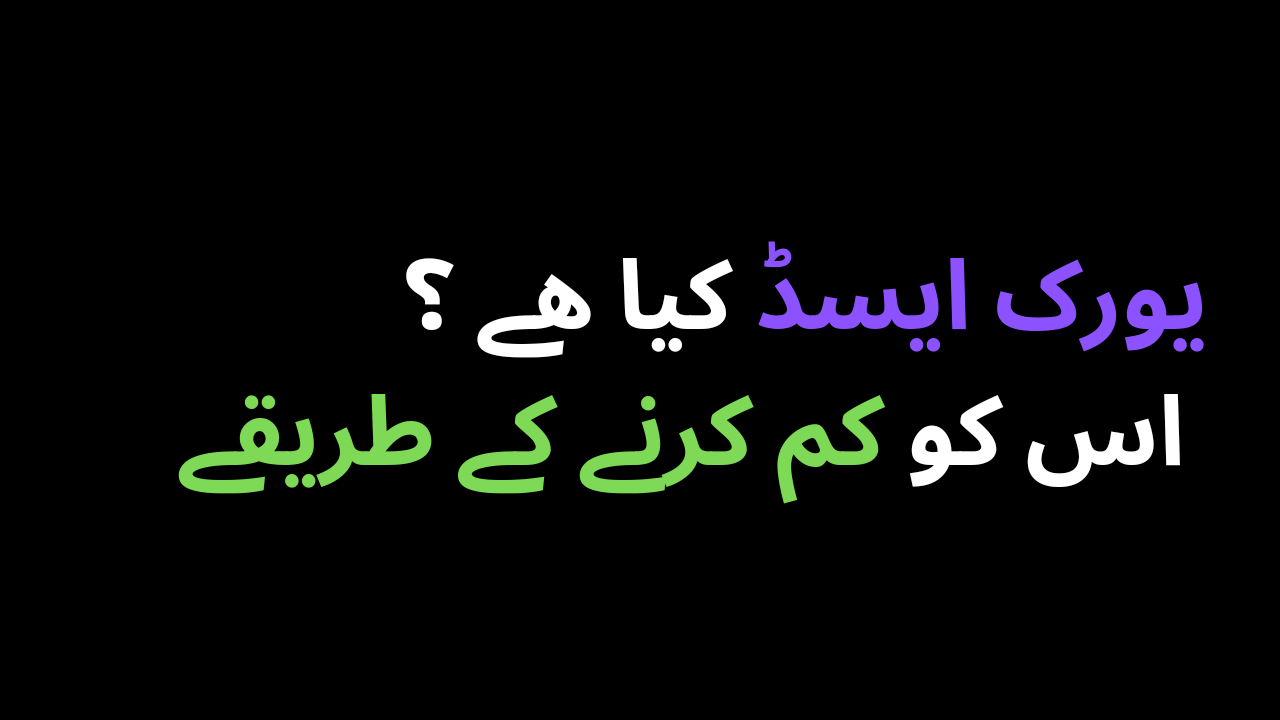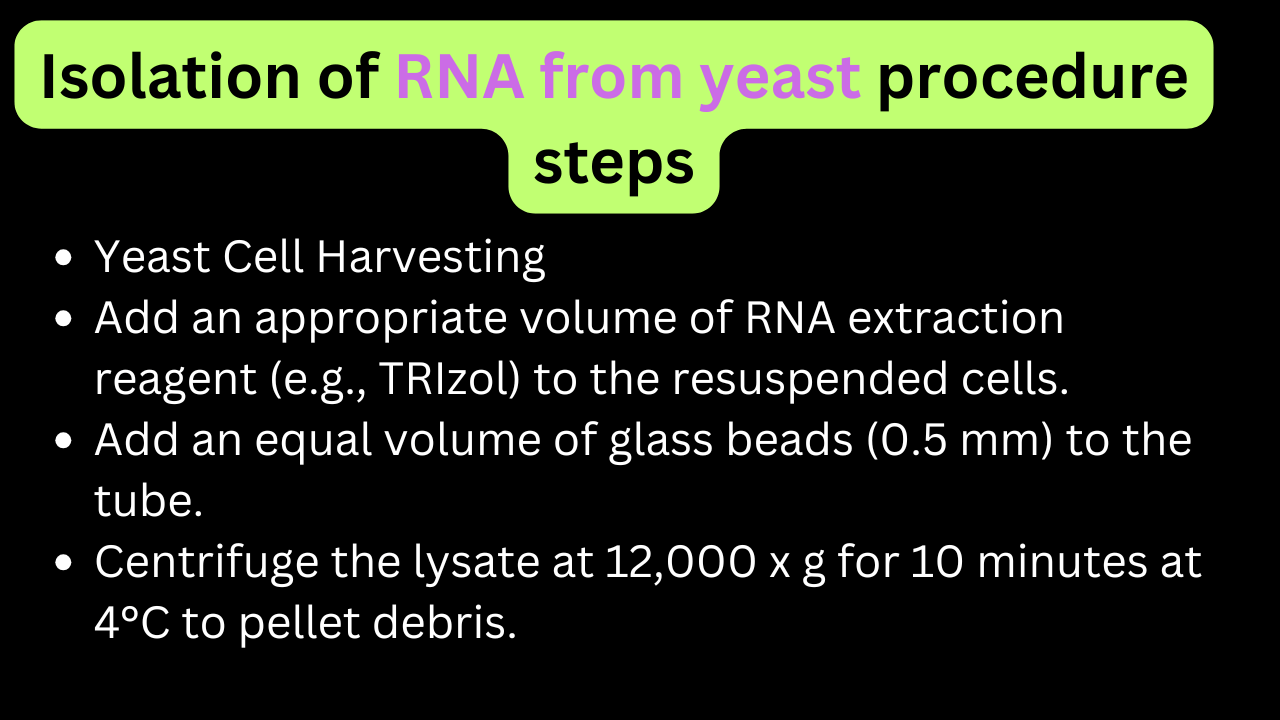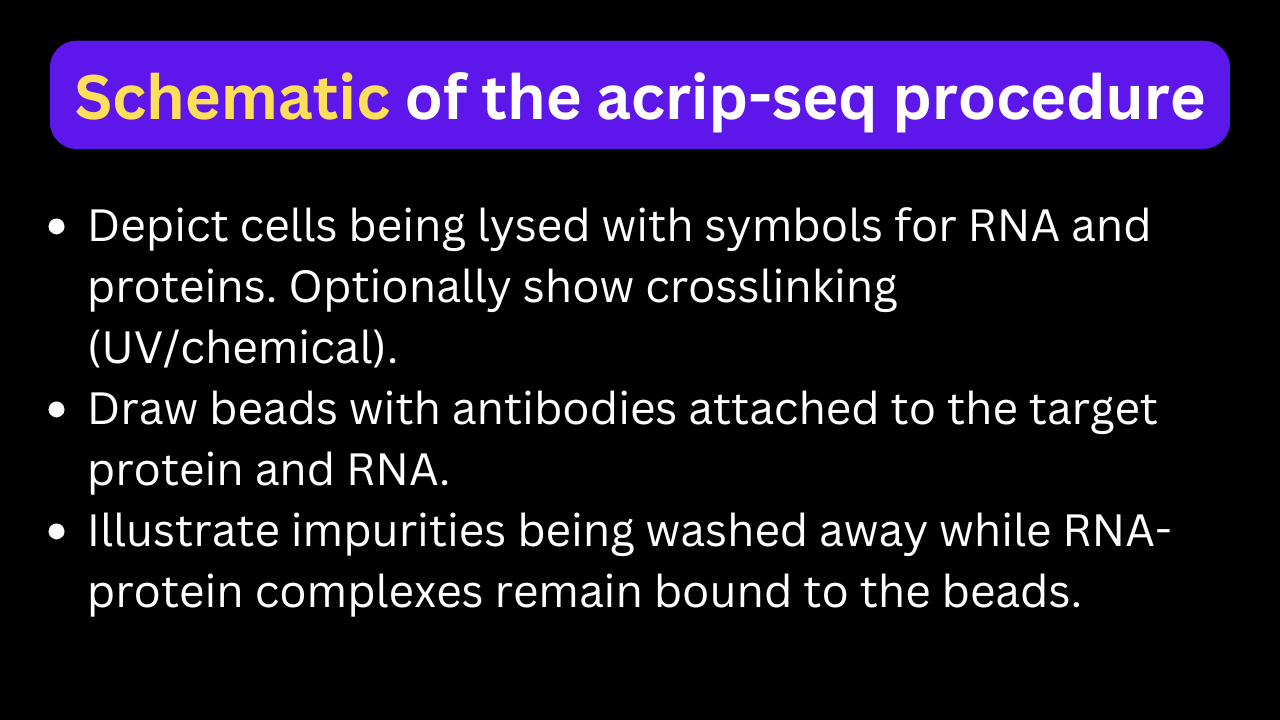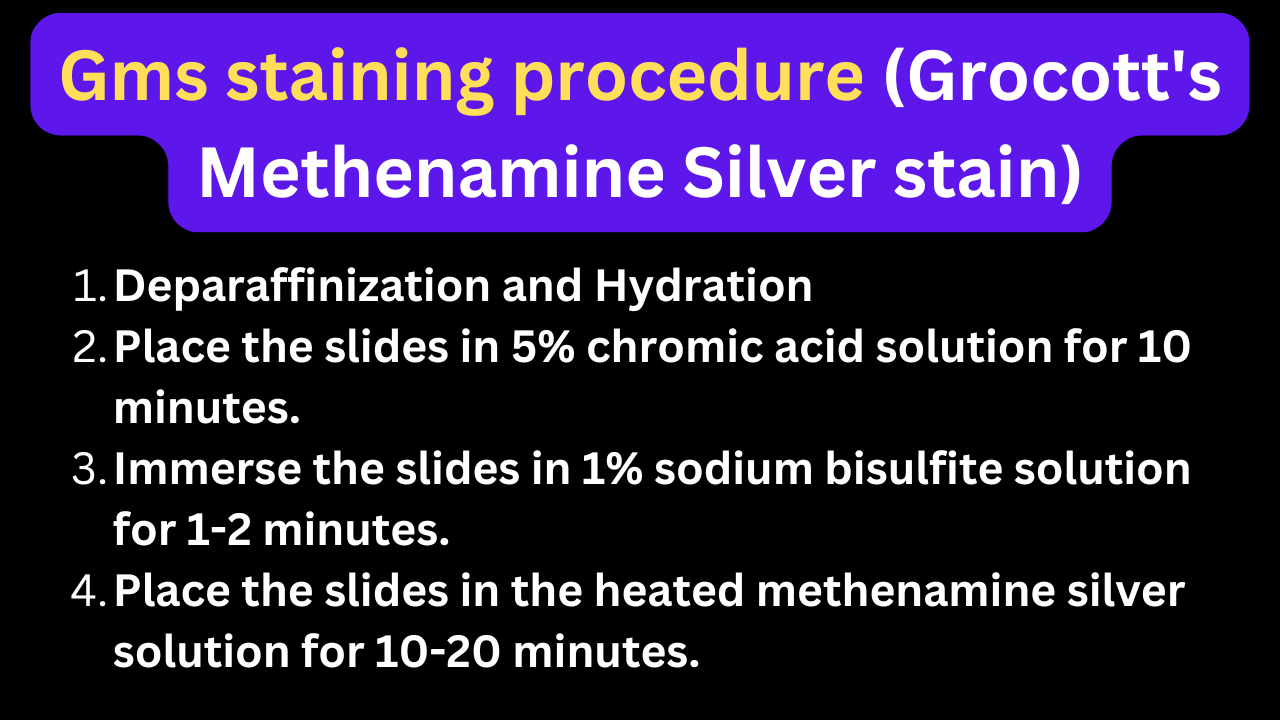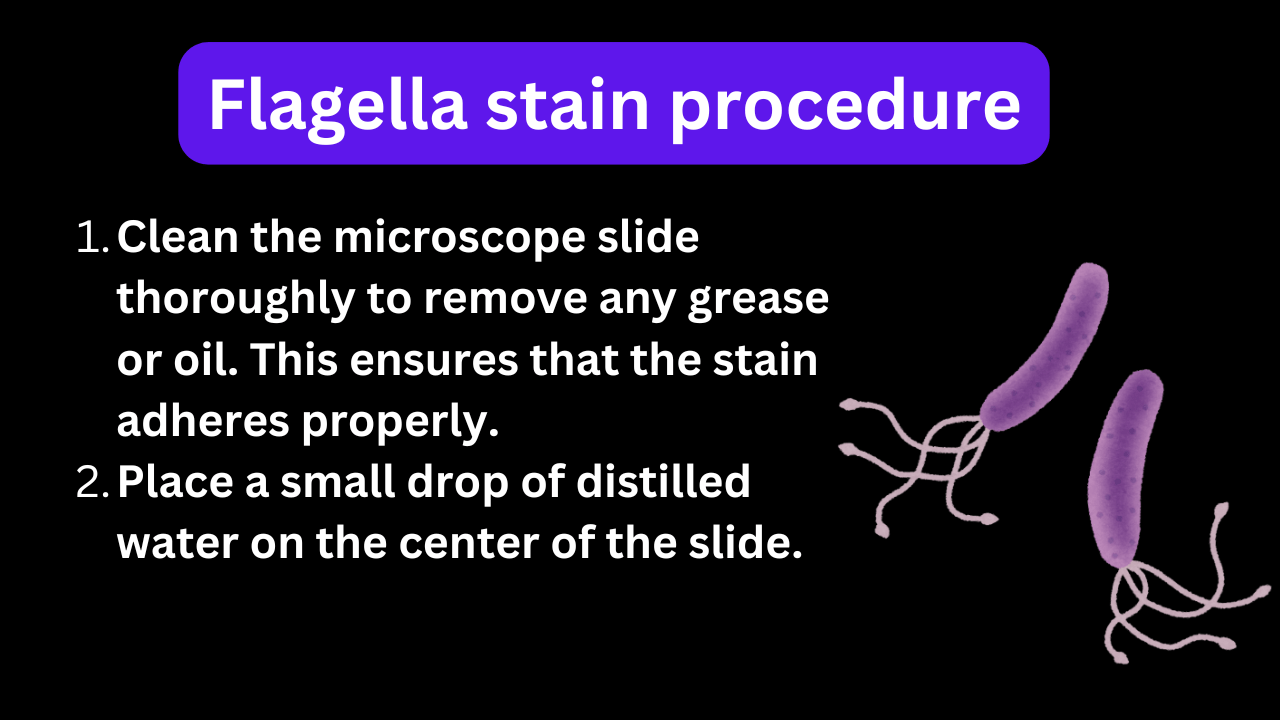Von willebrand disease vs hemophilia A: 5 Keys differences
Von Willebrand Disease (VWD) and Hemophilia A are both bleeding disorders. They differ in their causes. Their clinical features and management strategies are also distinct. Causes difference Inheritance difference Clinical Features difference Laboratory Findings difference Diagnosis difference Treatment difference Key Differences in Bleeding Patterns

